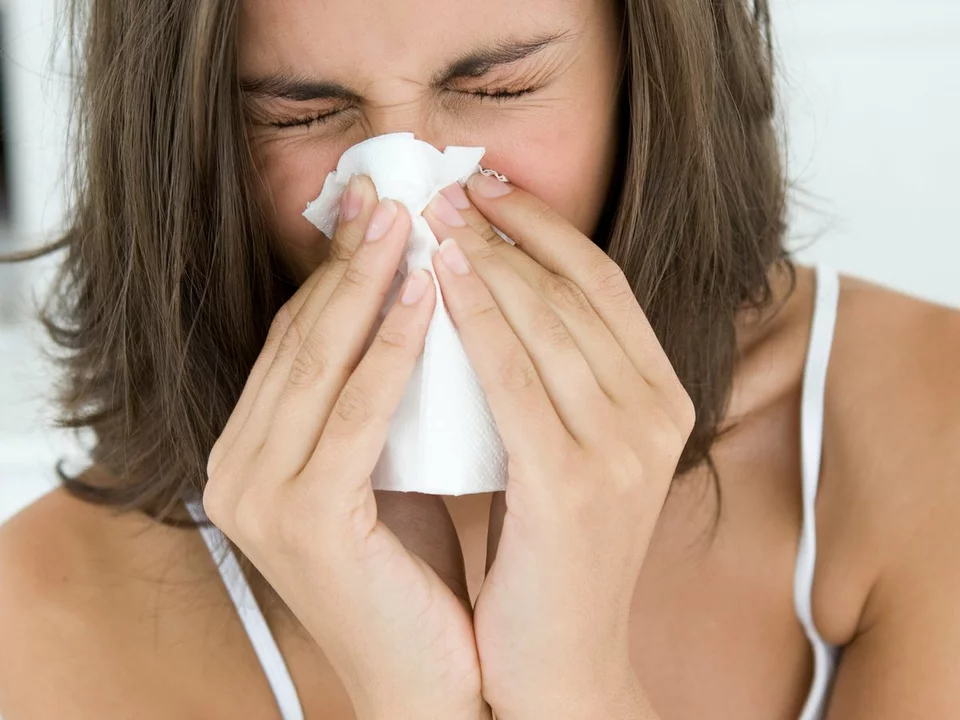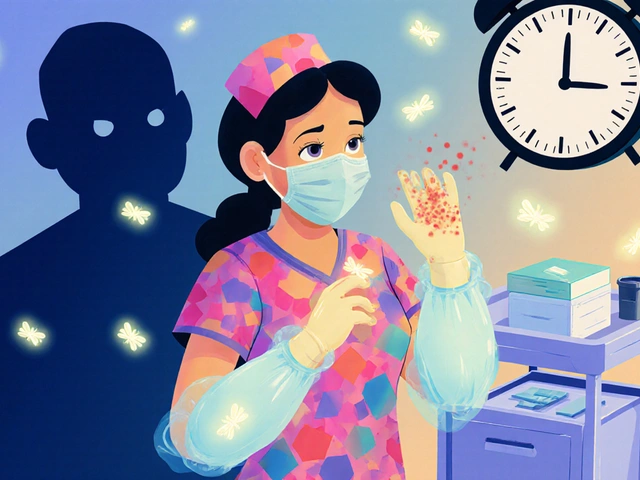Red Watery Eyes: Causes, Quick Fixes & When to See a Doctor
Noticed one or both eyes suddenly red and full of tears? That’s annoying and a little scary. Red, watery eyes happen for simple reasons — allergies, irritation, or tired eyes — but sometimes they mean infection or injury. Here’s how to tell the difference, what you can do right now, and when to get medical help.
Common causes and how they behave
Allergies usually make both eyes itchy, red, and watery. You’ll often have sneezing or a runny nose too. Viral conjunctivitis (pink eye) often starts in one eye and spreads to the other; it brings watery discharge and gritty feeling. Bacterial conjunctivitis gives thicker yellow or green discharge and may glue your lashes shut in the morning. Dry eye can cause reflex tearing, so the eye looks watery even though it’s drying out. Contact lens irritation, a scratched cornea, or a foreign body causes pain and sensitivity to light. Chemical exposure or a direct injury requires urgent care.
Easy steps you can try now
First, stop touching your eyes. Wash your hands well. If you wear contacts, take them out and use glasses until things settle. Rinse the eye with clean saline or cool water if something might be in it. For allergies, an over-the-counter oral antihistamine or antihistamine eye drops can help; don’t use steroid drops unless a doctor prescribes them. Warm compresses (clean cloth, warm water) loosen crust from eyelids and styes; cold compresses can reduce itching and swelling from allergies. Lubricating artificial tears soothe irritation and flush out allergens and debris.
Avoid using old eye drops or anything not labeled for eyes. Don’t share towels, pillows, or makeup while symptoms last, especially if an infection is possible.
When you wake with sticky eyelids, or your discharge is thick and colored, call your healthcare provider — you may need antibiotic eye drops. If symptoms are mild and look like allergies, they often improve in a day or two with home care.
Watch for warning signs: sudden vision loss, severe pain, intense redness limited to one area, sensitivity to light that stops you from opening your eye, or a chemical burn. These need same-day medical care. Also see a doctor if symptoms don’t improve in 48–72 hours or keep getting worse.
Doctors diagnose red, watery eyes by looking at the eye, checking vision, and sometimes using fluorescein dye or swabs. Treatment ranges from simple lubricants to prescription antibiotic or antiviral drops. For chronic issues like dry eye or blepharitis, ongoing lid hygiene, omega-3 supplements, or prescription meds can help.
Prevention is simple: wash hands, replace makeup often, clean contact cases, avoid known allergens, and protect eyes from wind and dust with sunglasses. If you’re unsure what’s causing your symptoms, a quick call to a clinic or pharmacist can help you choose safe steps and avoid making things worse.

How to prevent a blocked-up nose and red, watery eyes during allergy season
As allergy season approaches, I've found a few ways to prevent the dreaded blocked-up nose and red, watery eyes. First, I make sure to keep my home clean and dust-free, especially my bedroom. I've also discovered that using a HEPA air purifier can significantly reduce allergens in the air. Additionally, staying indoors during peak pollen hours and wearing sunglasses when outside has been a great help. Lastly, over-the-counter allergy medications have been a lifesaver when symptoms do strike!
Categories
- Medications (50)
- Health and Medicine (46)
- Health and Wellness (34)
- Online Pharmacy Guides (15)
- Nutrition and Supplements (7)
- Parenting and Family (3)
- Environment and Conservation (2)
- healthcare (2)
- prescription savings (1)
Popular Articles



